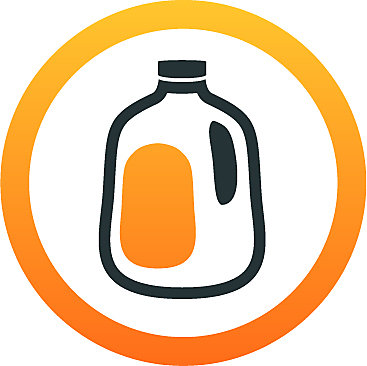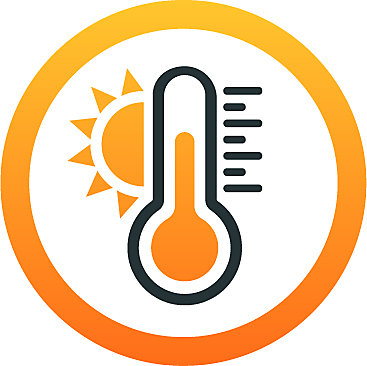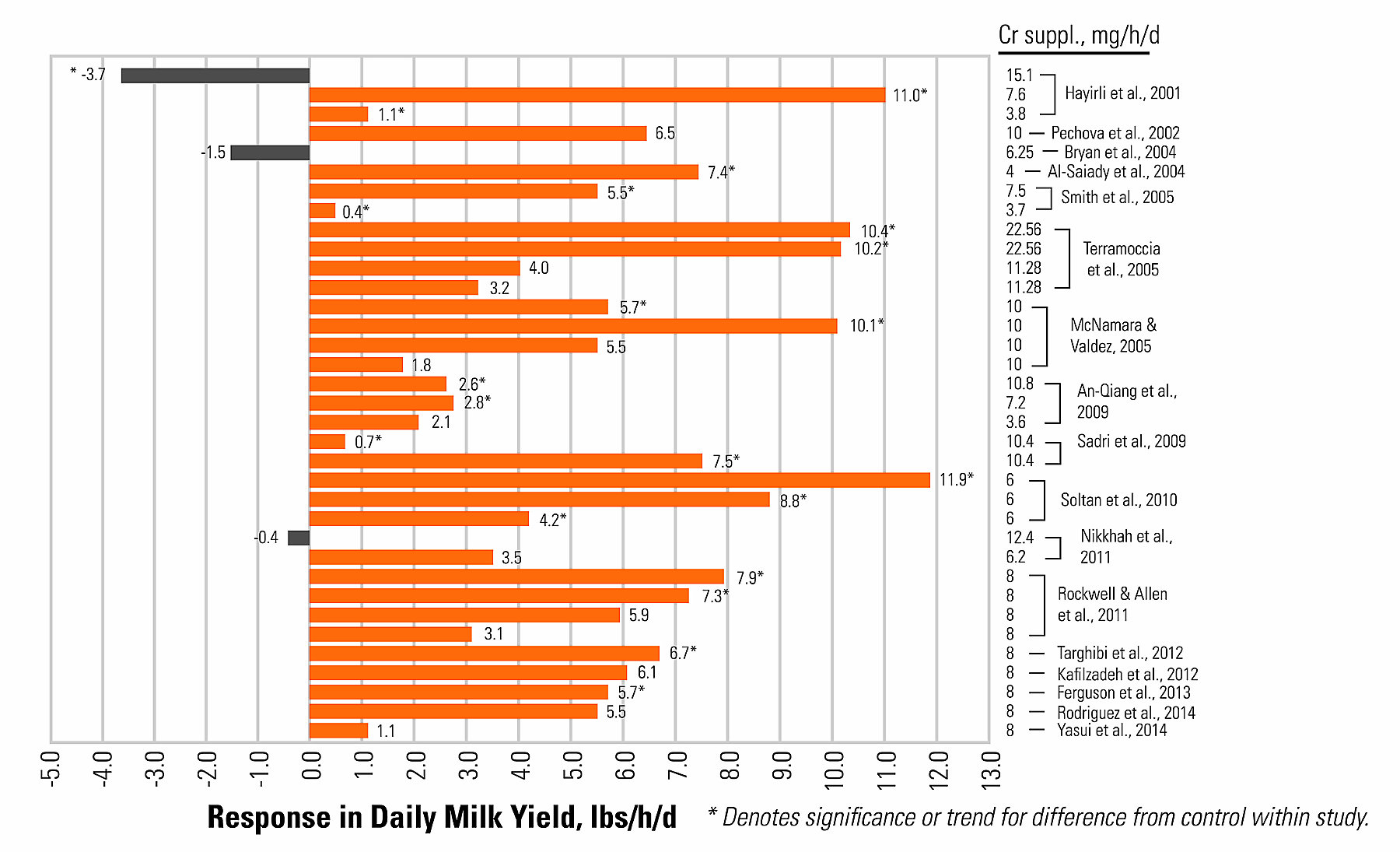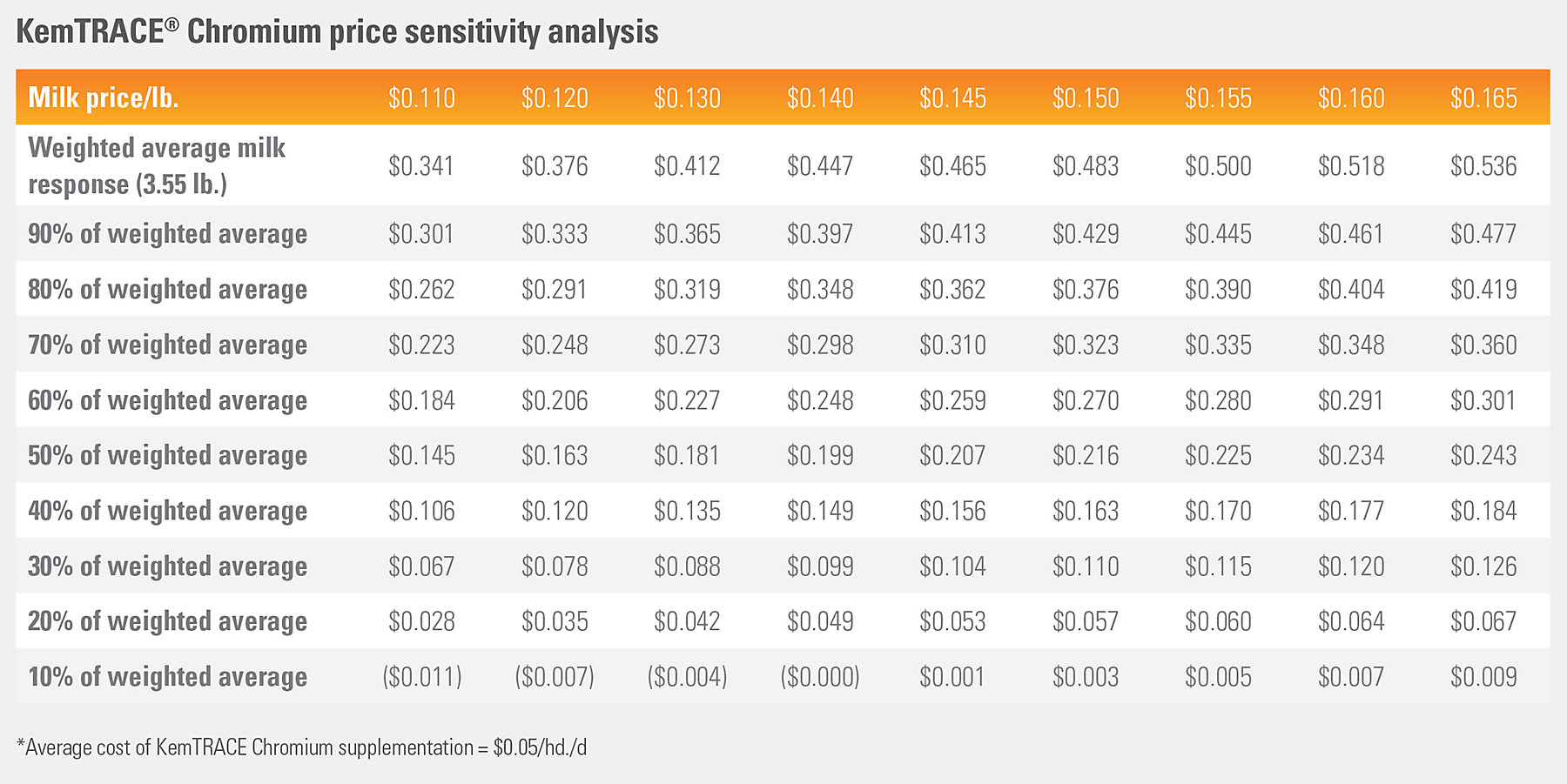Since the turn of the century, research studies about the positive effects of chromium in dairy cattle have shown that chromium supplementation is beneficial for:
You are viewing United States
- United States
- Canada
- Mexico
- South America
- EMENA
- Sub-Saharan Africa
- Russia
- South Asia
- Asia Pacific
- China
- Global
Choose Your Location:
- United States
- Canada
- Mexico
Popular Searches
- Animal Nutrition & Health
- KemTRACE® Chromium
- KemTRACE® Chromium for Dairy Cattle
- KemTRACE® Chromium and Milk Response in Dairy Cattle
OPTIMIZE MILK YIELD AND PERFORMANCE

Improving milk yield in transition cows

Maintaining milk yield in heat-stressed cows

Enhancing reproductive performance

Protecting cows from immunity challenges
THE BOTTOM LINE: Chromium supplementation can increase profitability.
What's the likelihood you'll achieve a positive milk response in your herd?
To evaluate how probable it is for producers to achieve production benefits, Kemin conducted a thorough meta-analysis of 16 peer-reviewed scientific journal articles. The numbers speak for themselves.
99.9%
probability that milk yield will increase by 1 lb/h/d
96.9%
probability that milk yield will increase by 2 lb/h/d
70.9%
probability that milk yield will increase by 3 lb/h/d
Data dive:
Milk yield response to chromium suppementation
To evaluate the effects of chromium supplementation in lactating dairy cows, Kemin analyzed 17 peer-reviewed, published journal articles from 2000 to 2015. These studies compared the daily milk yield (lb/h/d) of cows supplemented with chromium vs. control (non-chromium supplemented cows).

THE RESULTS?
3.55 lb/h/d average weighted milk yield response.
NOT ALL CHROMIUM IS CREATED EQUAL
KemTRACE® Chromium is supported by more than 20 years of Kemin research and is the only U.S. Food and Drug Administration-reviewed form of chromium propionate. By understanding a product's mode of action, you can be confident that it will provide benefits for your animals. See the KemTRACE Chromium mode of action at work.

Data dive:
Chromium price sensitivity analysis
A statistical weighted average of the peer-reviewed journal publications shown above was calculated. The weighted average response in daily milk yield is 3.55 lb/h/d. The table below shows a price sensitivity analysis based on differing milk prices ranging from $11/hundredweight (cwt) to $16.50/cwt — assuming cows achieve anywhere from 10% to 100% of the weighted average milk response.

Ready to dive deeper?
Start with these resources.
Meta-analysis summary
Harris, T. L., J. E. Hergenreder, D. J. Dickson, and M. D. Sellers. 2019. Effects of additional bioavailable chromium on dry matter intake, milk yield, and component production: a meta-analysis. American Dairy Science Association Annual Meeting. Cincinnati, Ohio. Abstract W179.
References
1Yasui, T., et al. (2014, Oct.). Effects of chromium propionate supplementation during the periparturient period and early lactation on metabolism, performance, and cytological endometritis in dairy cows. Journal of Dairy Science. 97(10):6400-10.
2Vargas-Rodriguez, C. F., et al. (2014). Effects of supplemental chromium propionate and rumen-protected amino acids on productivity, diet digestibility, and energy balance of peak-lactation dairy cattle. Journal of Dairy Science. 97:3815-3821.
3Ferguson, J. (2013) Evaluation of KemTRACE brand chromium propionate on milk production by Holstein cows under heat stress conditions in Pennsylvania. (Abstract T356). Journal of Animal Science 91:E-s2/Journal of Dairy Science 96:E-s1.
4Kafilzadeh, F., H. Karami Shabankareh and M. R. Targhibi. (2012, April). Effect of chromium supplementation on productive and reproductive performances and some metabolic parameters in late gestation and early lactation of dairy cows. Biological Trace Element Research. 149:42-49.
5Targhibi, M. R. and F. Kafilzadeh. (2012, Oct.). Effects of supplemental chromium on lactation and some blood parameters of dairy cows in late gestation and early lactation. Asian Journal of Animal and Veterinary Advances. 7(11):1205-1211.
6Rockwell, R. J. and M. S. Allen. (2016). Chromium propionate supplementation during the peripartum period interacts with starch source fed postpartum: Production responses during the immediate postpartum and carryover periods. Journal of Dairy Science. 99:4453-4463.
7Mirzaei, M., G. R. Ghorbani, M. Khorvash, H. R. Rahmani and A. Nikkhah. (2011 Feb.). Chromium improves production and alters metabolism of early lactation cows in summer. Journal of Animal Physiology and Animal Nutrition. 95(1):81-89.
8Soltan, M. A. (2010, April). Effect of dietary chromium supplementation on productive and reproductive performance of early lactating dairy cows under heat stress. Journal of Animal Physiology and Animal Nutrition. (Berl). 94(2):264-272.
9Sadri, H., et al. (2009, Nov.). Chromium supplementation and substitution of barley grain with corn: Effects on performance and lactation in periparturient dairy cows. Journal of Dairy Science. 92(11):5411-5418.
10An-Qiang, L., W. Zhi-Sheng and Z.An-Guo. (2009). Effect of chromium picolinate supplementation on early lactation performance, rectal temperatures, respiration rates and plasma biochemical response of Holstein cows under heat stress. Pakistan Journal of Nutrition. 8(7):940-945.
11Sumner, J. M., F. Valdez and J. P. McNamara. (2007). Effects of chromium propionate on response to an intravenous glucose tolerance test in growing Holstein heifers. Journal of Dairy Science. 90:3467-3474.
12Terramoccia, S., S. Bartocci and E. Lillini. (2005). Milk yield and immune response of periparturient and early lactation Friesian cows fed diets supplemented with a high level¬ of amino-acid chelated chromium. Asian-Australas Journal of Animal Science. 18:1098-1104.
13Smith, K. L., M. R. Waldron, J. K. Drackley, M. T. Socha and T. R. Overton. (2005). Performance of dairy cows as affected by prepartum dietary carbohydrate source and supplementation with chromium throughout the transition period. Journal of Dairy Science. 88(1):255-263.
14Al-Saidy, M. Y., et al. (2004, Dec.). Effect of chelated chromium supplementation on lactation performance and blood parameters of Holstein cows under heat stress. Animal Feed Science and Technology. 117(3-4):223-233.
15Bryan, M. A., M. T. Socha and D. J. Tomlinson. (2004, Dec.). Supplementing intensively grazed late-gestation and early-lactation dairy cattle with chromium. Journal of Dairy Science. 87:4269-4277.
16Pechova, A., A. Podhorsky, E. Lokajova, L. Pavlata and J. Illek. (2002). Metabolic effects of chromium supplementation in dairy cows in the peripartal period. Acta Veterinaria Brno. 71:9-18.
17Hayirli, A., D. R. Bremmer, S. J. Bertics, M. T. Socha and R. R. Grummer. (2001). Effect of chromium supplementation on production and metabolic parameters in periparturient dairy cows. Journal of Dairy Science. 84:1218-1230.
Have a Question?
If you have a question about our products or services, or just want more information, fill out the form below and someone on our team will be in contact with you.
- California Residents
- California Supply Chain Act
- Canada Forced Labor and Child Labor Report
- Email Disclaimer
- GDPR Personal Data Addendum
- General Terms & Conditions for Vendors
- Global Environmental Policy Statement
- Indirect Cost Estimates
- Kemin Terms & Conditions
- Modern Slavery Act Transparency Statement
- Privacy Policy
- Sitemap
- Change Cookie Consent
- Animal Welfare Statement
© Kemin Industries, Inc. and its group of companies All rights reserved. ® ™ Trademarks of Kemin Industries, Inc., USA
Certain statements may not be applicable in all geographical regions. Product labeling and associated claims may differ based upon government requirements.



